Get Fresh Tropical Fruits & Exotic Fruits exclusive in best prices
Buy Spanish Limes Fruit Box Online
Buy Spanish Limes Fruit Box, also known as mamoncillo, is a tasty and distinct fruit that stands out from other tropical fruits. These fruits, typically between 3 and 4 centimeters in diameter, have an oval to spherical shape with a tiny projection at one end. When peeled, the skin feels stiff, leathery, and brittle despite being thin, semi-smooth, rough, and pebbled with oil glands. The skin’s color ranges from dark green to bright lime, and it often has brown spots. The pulp, also known as the flesh, may be found beneath the skin, and its color and consistency change depending on the type of fruit.Buy Spanish Limes Fruit Box Canada
The flesh is fibrous and chewy, like lychee, and it clings to the huge central seed. The flesh is gelatinous and watery. One ivory- or white-colored seed is normally encased in each fruit, though occasionally there will be two. The starchy and astringent seeds, which can range in shape from round to oval, become mellow and nutty when cooked. It is common practice to sell mamoncillo fruits still on the branches they grew on. Try to find branches that can be bent easily and that have a healthy sheen. The fruits may be nearing their expiration date if the branches are old, dry, and fragile. The flavor of ripe mamoncillo fruits is tangy, acidic, and sweet vinous, like a combination of lime and lychee.Buy Spanish Limes Fruit Box Canada
Mamoncillos Exotic Fruit Box
The seasons for harvesting mamoncillo fruits are late summer and early autumn. The botanical name for the tiny, sweet, and sour fruits of the Sapindaceae or soapberry family is Melicoccus bijugatus. On the limbs of a tree that can grow to be over 25 meters tall, clusters of compact, dense, and heavy fruits develop. There are twelve or more individual fruits in each cluster, and it is common practice in local markets to sell the fruit in its natural state, still clinging to the branch. The Spanish verb “mamar,” meaning “to suck,” inspired the name mamoncillo because the fruit is traditionally eaten whole, seed and all.
Quenepas in Puerto Rico, Mamones in El Salvador, Ginep and Guenepa in Jamaica, Barbados, and Guyana, Kenep in Haiti, Guayo or Grosella de Miel in Mexico, Kenet in French Guiana, Limoncillo in the Dominican Republic, Mamon or Maco in Colombia, and so many more names. Due to its resemblance to a miniature lime, the mamoncillo has earned the alternative name “Spanish Limes” in the United States. Despite looking like a lime and having green skin, mamoncillo fruits are more closely related to rambutans and lychees, both of which are members of the soapberry family. The flesh of some mamoncillo kinds is thicker than that of others, although the fruit of all these species is commonly eaten raw as a sweet and refreshing summertime delicacy.
Benefits of Spanish Limes to Your Health
Vitamin A helps keep everything working properly, vitamin C boosts the immune system and reduces inflammation, and calcium helps develop strong teeth and bones. Phosphorus is only one of many nutrients that can be found in fruits. Fiber helps keep the digestive system in check, iron helps the body make the protein hemoglobin, which carries oxygen through the blood, and phenolic chemicals, which have antioxidant-like properties, protect cells from free radical damage. The Buy Spanish Limes Fruit Box not only contains vitamins and minerals but also tryptophan, a natural molecule that, when combined with other chemicals, helps to induce sleep. The pulp of mamoncillo fruits has traditionally been used to treat gastrointestinal distress and as a natural laxative throughout Central and South America. In Panama, the flooring of homes and public buildings is covered with mamoncillo leaves, which are gathered off the trees’ branches and laid flat. Since fleas and other insects are thought to congregate on and around the leaves, they are swept away once the building’s occupants have had enough.
Order Spanish Limes Fruit Box
The Spanish lime, also known as quenepa, is a fruit with a thousand names. It’s known as mamoncillo, guinep, limoncillo, mamón, jocote, you get the point. Why does it have so many names? We can only guess that every country that has it likes it so much they want to make it their own. No joke. People are serious about this little fruit! The Puerto Ricans love it so much that they even have a national festival celebrating the quenepa, which is what they call it on the island of enchantment.
Other than it looking similar to a key lime from the outside, the Spanish lime could not be more different from a citrus fruit. It’s actually a cousin of the lychee, rambutan, and longan, some of Tropical Fruit Box’s fan favorites.
What do Spanish Limes Taste Like?
The Spanish lime tastes like a lychee that married a lemon but without the high citrus notes. It’s tangy and sweet, with a hint of tamarind and it feels refreshing in your mouth. Perhaps that is why it’s a popular summer beach snack.
How do You Eat These Tasty Quenepas?
The skin is a beautiful green that’s hard like a shell but not so hard like an egg. When you squeeze it, it cracks open pretty easily. You can cut it with a knife like the civilized person you are, or you can have an adventure and open it by biting down on it which is what we do since this is a beach favorite (don’t tell your dentist).
Once the soft shell cracks, remove it and you’ll see the peach-colored translucent orange flesh. Put it in your mouth and chew the flesh off the seed. The flesh is pretty stuck to the seed so you are going to have to work for it. When you are done, get rid of the seed and repeat until you’ve gone through all of them. When you are done and you just realized that you went through the whole box without sharing it with your loved ones, you can order another box in guilt and repeat the process all over again. Only while they last.
What are you waiting for? Get Your Spanish Limes Today!
Culture/Ethnicity Data
The legend of the mamoncillo fruit is deeply rooted in Caribbean culture. In Jamaica, it is commonly believed that a lady would be blessed with twins if she discovers two seeds in her fruit. The Arawak, an indigenous people group in the Caribbean, use the staining juice to make a deep brown dye for textiles. Ponce, Puerto Rico hosts the annual Festival Nacional de la Quenepa, when mamoncillo is honored. Buy Spanish Limes Fruit Box is famous for its production of mamoncillo drupes, which are recognized as one of the region’s official fruits. Ponce is home to a number of mamoncillo types, including one discovered in a garden bearing the city’s name. The local fruits, a rise in tourism, and a sense of community were all goals in 2008 when a festival was launched by the Oficina de Desarrollo Cultural. The fruits are celebrated over the course of three days with a market, live performances, games, and food.
History of Mamoncillo Spanish Limes
The mamoncillo fruit has been growing wild in South America and the Caribbean for thousands of years, notably in Colombia, Venezuela, and the island of Margarita. These fruits are at their peak in tropical regions, and their early consumption was a result of foraging from wild trees. The trees were a popular feature in public spaces like town squares, city streets, and private gardens as civilizations grew.
Commercial planting of mamoncillo trees began in southern Florida and later spread to other parts of the United States as well as Central America, tropical Africa, and Southeast Asia. The mamoncillo fruit is native to South America, Central America, the Caribbean, India, the Philippines, Africa, and the states of Florida, California, and Hawaii in the United States, where it is now commercially cultivated, planted in home gardens, and still found growing wild. Markets in the areas where mamoncillos are grown sell the fruit fresh, and a limited amount is shipped to neighbouring nations.
FAQs
What are the health benefits of Spanish limes? Spanish limes are rich in vitamins A and C, calcium, phosphorus, fiber, iron, and phenolic compounds. They support immune health, improve skin health, aid in digestion, and provide essential nutrients.
How do I know when Spanish limes are ripe? Ripe Spanish limes have a dark green to bright lime skin with brown spots. The flesh inside should be gelatinous and slightly firm.
How can I use Spanish limes in cooking? Spanish limes can be eaten fresh, added to fruit salads, or used to make sweet rujak, a traditional Javanese delicacy. The seeds can be cooked and used in various dishes.
Can I order Spanish limes in Canada? Yes, you can order Spanish Limes Fruit Boxes online in Canada, and they will be delivered fresh to your doorstep.
What is the history of Spanish limes? Spanish limes have been growing wild in South America and the Caribbean for thousands of years. They are now cultivated in many tropical regions and are a popular fruit in local markets.
Are Spanish lime seeds edible? Yes, Spanish lime seeds are edible when cooked. They become mellow and nutty, adding a unique flavor to dishes.
Additional Information
| QTY | 1 Pound, 5 Pounds Box, Medium Box(10 Pounds), Large Box(20 Pounds), Enormous Box(35 Pounds) |
|---|
You must be logged in to post a review.


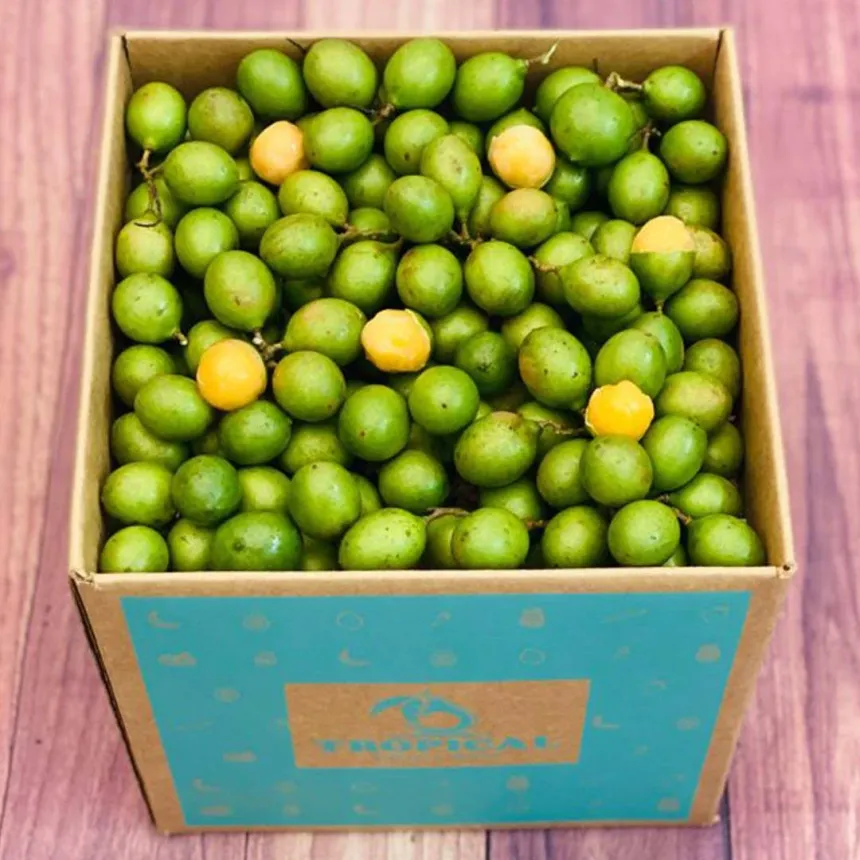
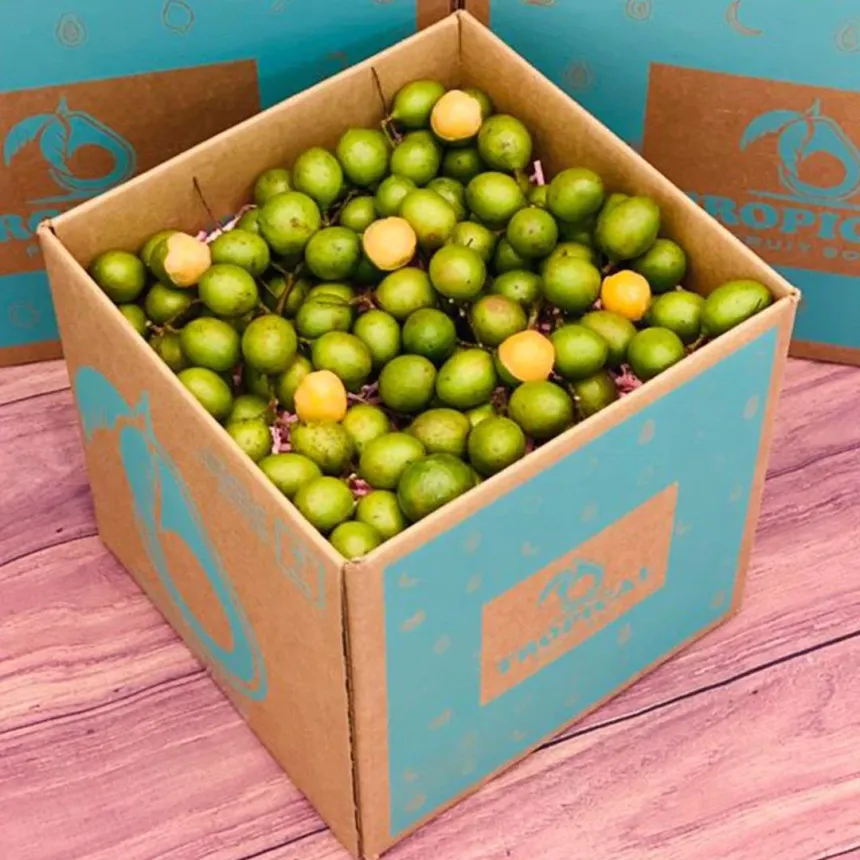

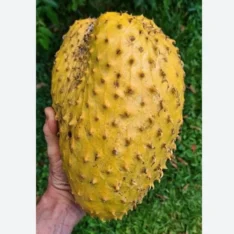
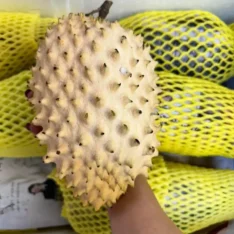
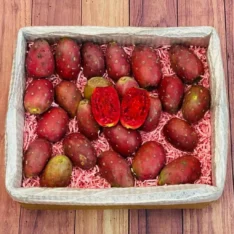
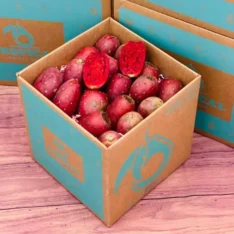
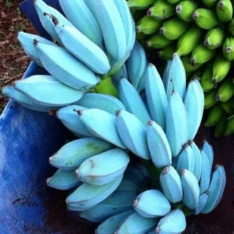
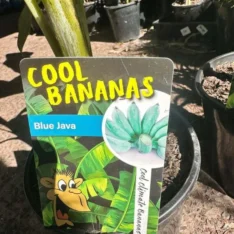

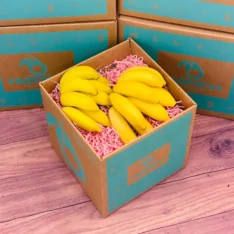
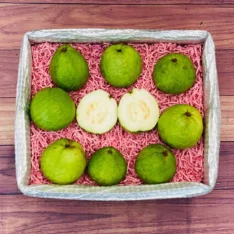
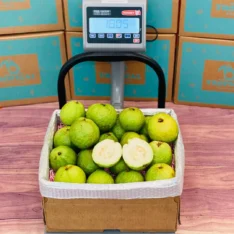
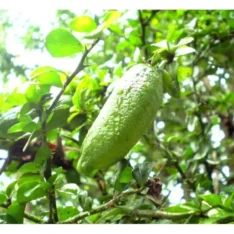
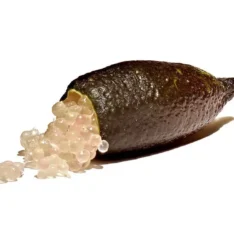
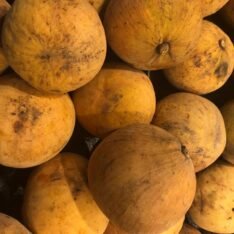
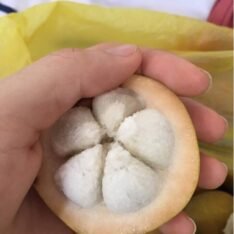
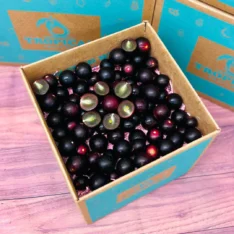
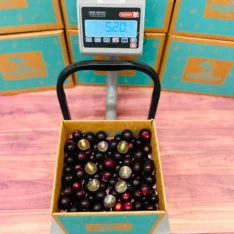
Reviews
There are no reviews yet.